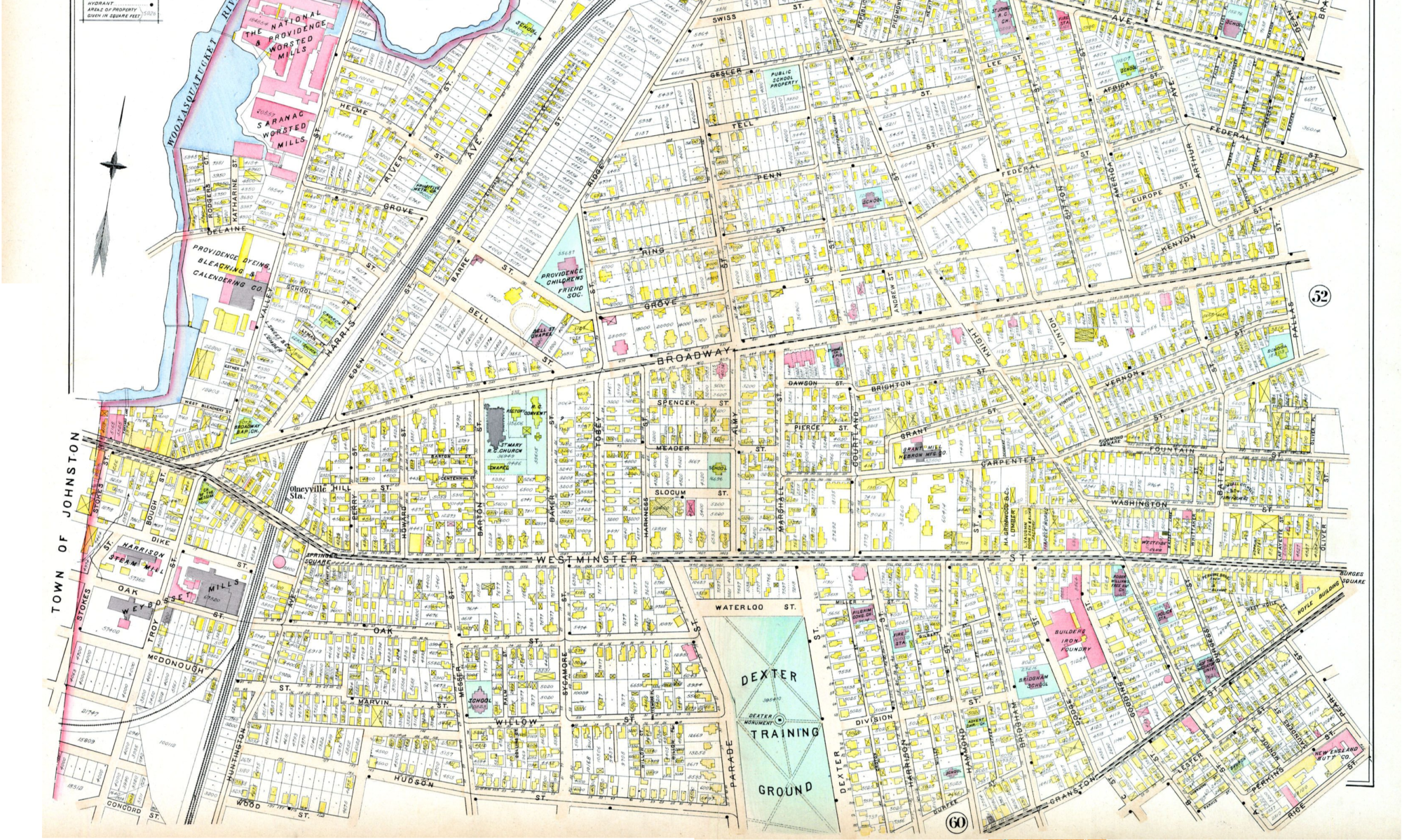I was waiting on the train platform in Sandpoint, Idaho late on Tuesday night, when a freight train went whizzing by. Actually, about three freight trains passed in the time I was waiting for my Amtrak train to Seattle. Most freight trains in our country (at least the ones that aren’t coal) are container trains. Those big boxes have been shipped to the U.S. from overseas (read: China) and they’re plopped onto trains and trucks and sent off around the country. After a while watching the boxes go by, I got curious about the company names printed on the side of each container, and I started writing them down. Maersk. P&O Nedlloyd. CMA CGM. Maersk Sealand. Safmarine. The trains went by, car after car of double-stacked containers. In Sandpoint, and all over the country, these trains chug through every day, sometimes close to once an hour. They are the blood that keeps our globalized economy alive.
The biggest container shipper is A.P. Moller – Maersk Group, also known just as Maersk. They’re based in Copenhagen, Denmark, and it turns out they’ve acquired many of the other shipping companies whose names I saw: P&O Nedlloyd and Safmarine (not to mention Sealand) are now subsidiaries of the Maersk conglomerate empire. In 2009, Maersk’s profits were 260 billion krone, which is equivalent to about 50 billion dollars. It’s #109 in the Fortune Global 500, ahead of Boeing, Microsoft, and Morgan Stanley. They guys make a lot of money from the consumerism and oil addiction of the United States.
Oh, did I not mention the oil part yet? In addition to running container ships and container terminals, Maersk also operates oil tankers and is involved in offshore oil drilling. And guess what, they drill in the Gulf of Mexico. According to Wikipedia:
“Oil and gas activities” provided A.P. Moller – Maersk with 22% of its revenue and 68% of its profit in 2008.
That means Maersk is highly invested in continuing their drilling operations. It’s as if your mailman operated a lucrative meth lab. When push comes to shove, where do you think Maersk is putting their lobbying dollars?


Hi Alex,
Often there are domestic container trains and international container trains. You can tell which is which by the companies that own the boxes and by their size. International containers are 40 feet or 20 feet. Domestic containers can be up to 53 feet and do not need to be so sturdy. Domestic containers are shipped by JB Hunt, Schnieder National (2 large trucking companies), Hub Group (freight forwarders), EMP (a container leasing pool owned by 2 railroads). Just because it is a domestic container train doesn’t mean it’s not shipping international imports – sometimes they are unpacked from international containers near the port and then different shipments are warehoused or sorted with other freight into consolidated shipments that go straight to the Target store (or whatever).